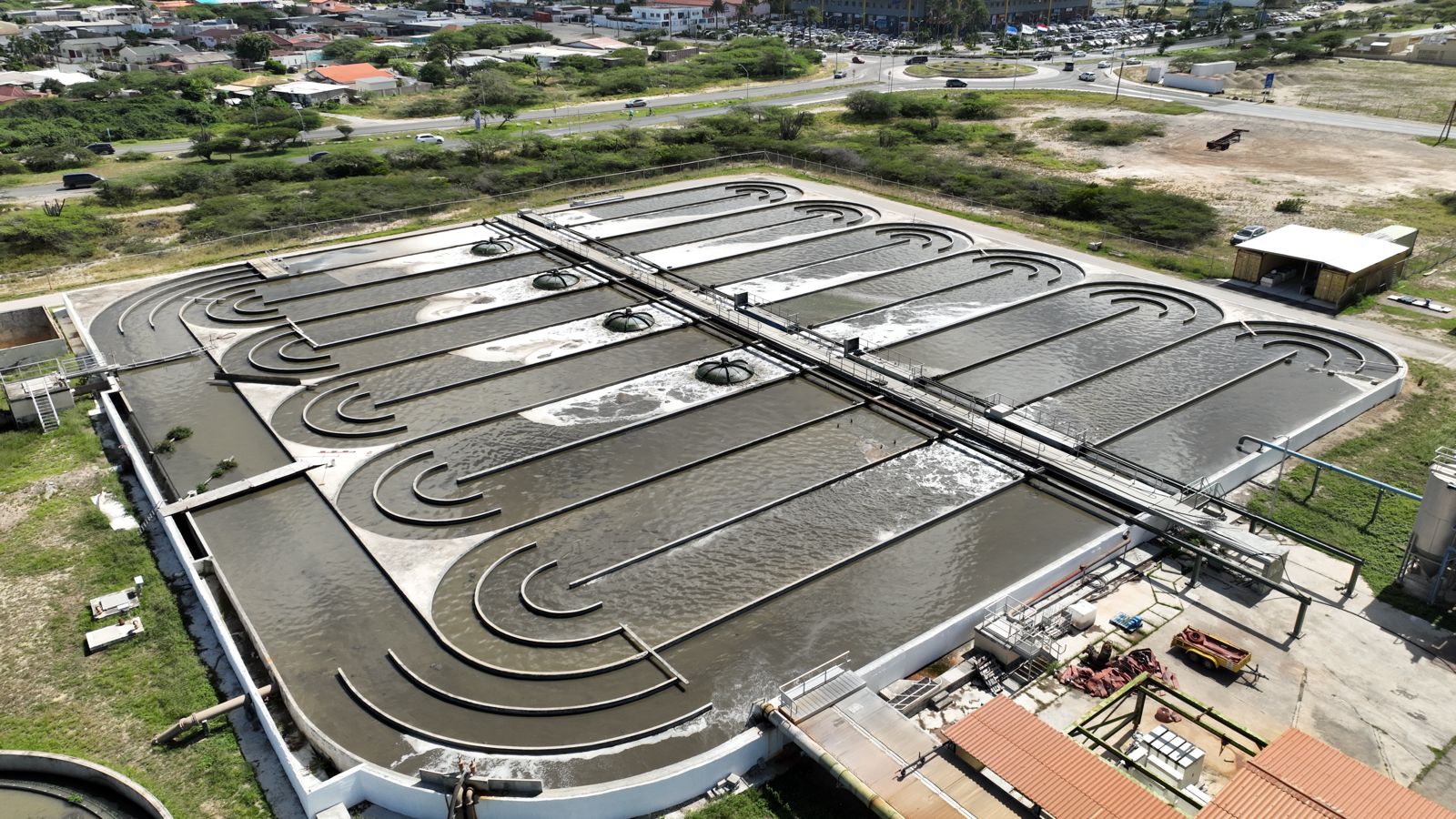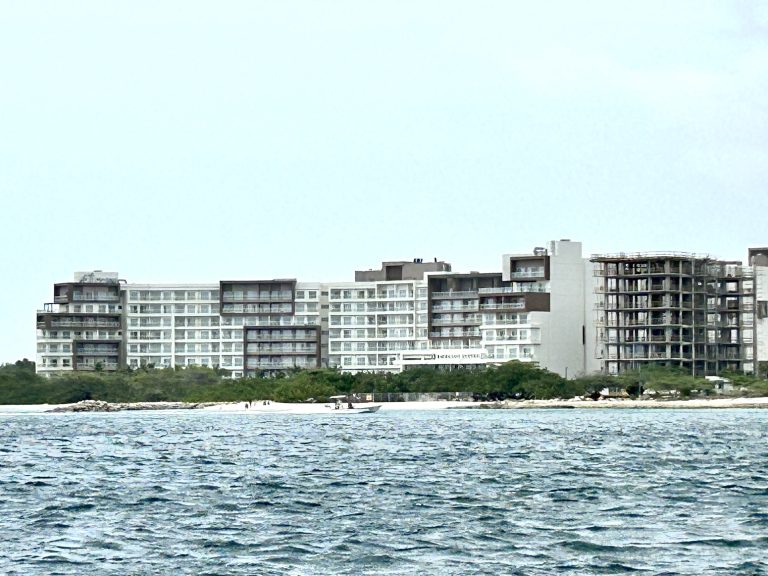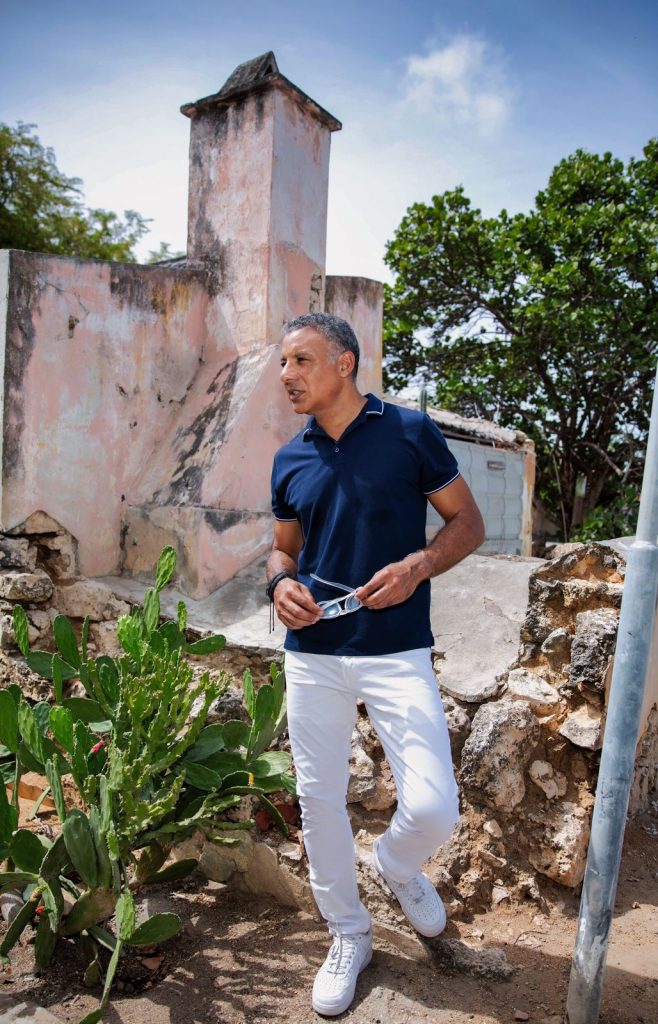Stinky, stinky, and now costly sewage
Thank you!!
Happy New Year to you and yours. First, thank you for your readership and patronage for the past two years. I appreciate every “like” you give, every comment you post, and every email you send me. You make my day when I get those, and when we meet on the streets and tell me you enjoy weekly columns, you make my day even better. That drives me to search for and research topics and hit the keyboard, more often than not, over the weekend to have the content ready to share with you first light Monday a.m. Let’s make a deal, as long as you keep reading I keep writing. Deal?
More of the Stinky Sewage
You will recall that I addressed the issue(s) of the sewage plant near the hotel, the RWZI, last year.
- Part I: “One Stinky Island”: The Battle of the Stench (LinkedIn) (Blog)
- Part 2: Part II “One Stinky Island”: Free sewage or a business case? (LinkedIn) (Blog)
- Part 3: Aruba’s Sewage Crisis: The (Dutch) Way Forward(LinkedIn) (Blog)
Of course, we all knew that the end of 2023 would not mean the end of the de facto defunct sewage plant and that the stench would continue, but what we didn’t know was that 2023 would not end without yet another set of verdicts involving the RWZI. On December 13th, 2023, the Court of First Instance issued a significant ruling regarding the RWZI (“Case 1”). The verdict was published online on December 27th, 2023. On the same day, there was another decision from the court but in summary proceedings. This week, I will address Case 1. I believe my partner, Bryan Coffie, was eager to write about the second case, so I will leave that up to him.
The Case
The Amsterdam Manor Resort (“Resort”) is adjacent to our world-famous Eagle Beach. For (over) 20 years, the Resort has suffered the effects of poor management and the lack of investment in the RWZI. The guests of the Resort visit to enjoy the Resort’s facilities, friendly staff, great service, and, of course, the sun and the beach. When the RWZI goes haywire, and the stench of the RWZI attacks the Resort, it becomes a problem for the guests, which in turn becomes a problem for the Resort and ultimately affects our tourism.
The recent case of Amsterdam Manor Resort versus the Land Aruba presents a significant legal development in Aruba’s environmental law and its implications for the tourism industry. This dispute centered around the nuisances caused by the (very) poorly managed sewage treatment plant, RWZI. It highlights the challenges in balancing infrastructure development with environmental sustainability and underscores the legal responsibilities of the government and the relevant departments, including the Department of Public Works (DOW). The impact of this case extends beyond a single resort’s grievances, touching upon broader themes of public health, environmental responsibility, and the duty of the government to safeguard the interests of its residents, visitors, businesses, and the environment.
The Resort has consistently taken legal steps to fight the nuisance that it has been suffering. This has resulted in several verdicts over the years, including one or more where the government was required to take action subject to forfeiture of monetary penalties. The case in question was particular as it involved a claim to obtain a declaratory judgment. A declaratory judgment establishes parties’ rights, duties, or obligations without ordering any specific action or awarding damages. It is essentially a legal confirmation of the legal position of the parties. In contrast, a condemnatory judgment, or a judgment of conviction, requires the defendant to perform a specific act, usually involving the payment of damages or the performance of a contractual obligation.
The declaratory judgment sought was to state that the actions or inactions of the government concerning the RWZI constitute a tort against the Resort and that the Resort is entitled to claim damages to be determined in separate (condemnatory) proceedings. On December 13th, 2023, the court stated so!
The Facts:
Let’s look at the relevant facts. The verdict contains an outline of the historical context and the root causes of the dispute. Since the 1990s, the Resort has been adversely affected by the RWZI’s operational issues. The resort faced significant nuisances despite agreements and court rulings to mitigate these issues. Complaints date back as early as 2002 onwards. Since then and over the years, guests have highlighted the severity of the situation, both online and in person, with frequent references to the unbearable odor and the presence of flies, which detract significantly from their experience at the resort. There have been cases in 2002 and 2006. In 2007, parties reached a settlement in which the Resort issued a bank guarantee in favor of the Government to allow for immediate action in case of Force Majeure, and the government agreed to make certain improvements and continue monitoring. In 2015, a modest investment was made by the government in the RWZI. Seems like that investment didn’t put a dent in the problem because in 2018, the TNO issued a report with some rather disturbing findings. Below find a quote that I took from the court’s decision:
“The current aeration tank has concrete degradation (major bacterial corrosion, physical damage or chemical damage), which is very dangerous for the operation of RWZI
…. If the concrete wall of the aeration tank collapses, all the wastewater cannot be processed and all the drainage collection network will overflow in Oranjestad and Hotel areas. This can have a major effect on our major income which is tourism.
( … ) the current aeration system( … ) cannot achieve the oxygen demand required for the biological load present in the influent. Because of this issue, the effluent quality is not being achieved, which the target is set to 80% efficiency. The current efficiency is lower than 50% and has a negative impact on the wetland
(….) This [PlasJ has an overflow to the sea, which may cause irrecoverable damages to the marine life. The high nutrients disposal has a negative
effect on our coral reefs and beach erosion (coastal management). This may also affect our tourism in the coming year in the demand of wastewater increases yearly, where diving areas are being affected by this issue and our beaches are washed out by erosion. The replacement of the current aeration system is imperative and urgent as to prevent further damages to the eco-system and also to prevent calamities (overflow at the Hotels).
( … )
It is recommended to replace the current system with a SBR system using fine bubble aeration technology( .. ) Furthermore, it is recommended to execute a complete assessment of the wastewater treatment plant of RWZI (…)for future improvement of the treatment plant. ( … ) Further, DOW needs to develop a Wastewater Treatment management Plan for its 3 wastewater treatment plants and a Sewerage management Plan.”
Since then, no improvements have been made, and things have worsened. In the decision, the court stated that the capacity of the RWZI (wastewater treatment plant) is approximately 4,500 cubic meters of wastewater per day. This capacity is significantly exceeded by the incoming amount of wastewater, which is about 8,000 cubic meters per day. I think this says enough about the poor state of the RWZI and the root cause of the dispute between the Resort and the government.
This factual backdrop hopefully sets the stage for understanding the complexities and prolonged nature of the conflict.
The Court’s Findings
The Court found that the government of Aruba was well aware of all the nuisance that has been caused by the RWZI and over the years didn’t invest nor take enough action to resolve the problem(s). As owner of the RWZI and based on article 5:37 of the Civil Code of Aruba, the government – as owner – is liable for causing the stench. The Court also found that the Resort has been suffering nuisance from the RWZI, in any event as of 2002. The government’s precarious financial situation does not absolve it from liability especially since the government otherwise did have enough financial resources to pay for rather expensive projects like the Green Corridor, a 4 lane “highway” from the Airport to Pos Chiquito. Another aspect that the court pointed out was that the government was well aware of the increased number of hotel rooms and condominium and was quick to enjoy the benefits from this construction but didn’t do enough to take the liabilities of the growth in hotel rooms and constructions, all of which by the way that were connected to the RWZI that already was in poor shape. Ouch that must have hurt.
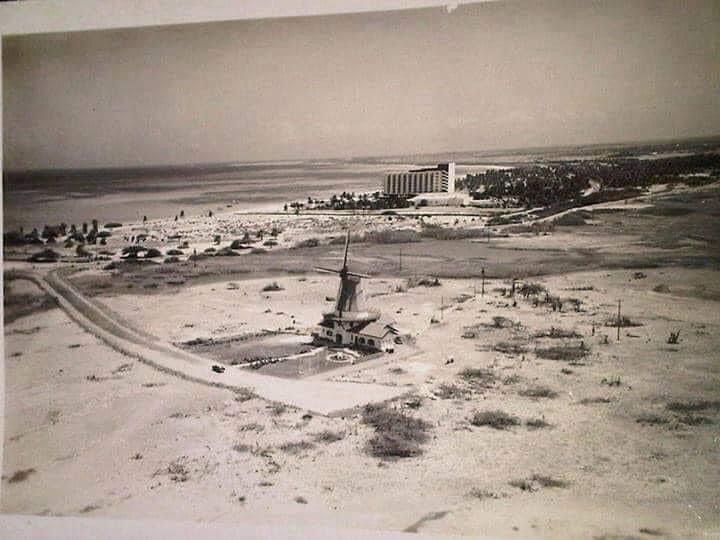
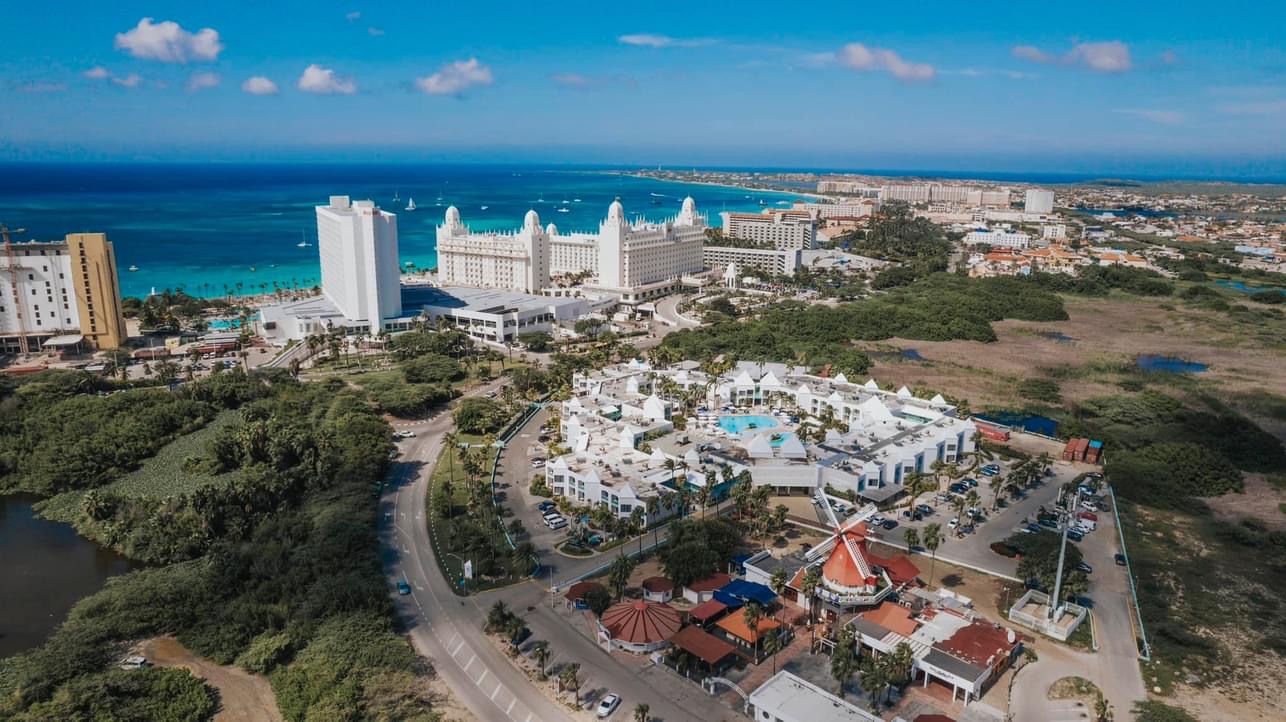
This case’s judgment was pivotal. It established the Land Aruba’s negligence in managing the RWZI, emphasizing its failure to maintain and upgrade the facility despite being aware of its deficiencies. This negligence was deemed unlawful, warranting compensation to the Resort for the continuous nuisances since 2002. Although the latter was somewhat nuanced by the court. The Court pointed out that the government’s defense did not object to the claim’s statute of limitation. The court pointed out that the court is not allowed to ex officio rule on an expiration of a statute of limitation. This will likely be subject of discussion in the case for damages. In any event, the ruling highlighted the government’s responsibility to safeguard public health and the environment, particularly in tourism-dependent economies. It underscored the legal implications of environmental mismanagement for governmental bodies.

The next steps
The declaratory judgment against the Land of Aruba, finding it liable for environmental negligence affecting the Resort, is a crucial first step. However, this ruling does not automatically translate into a specific financial compensation for the Resort In a subsequent case, the resort must substantiate its financial losses over the past two decades directly caused by this negligence. This involves a detailed report, likely from a (hospitality) financial expert, demonstrating a clear causal link between the government’s negligence and the resort’s revenue losses. This process is challenging; the resort must convincingly show lost revenue despite its efforts to maximize income, underscoring that the initial judgment grants the right to claim losses but does not quantify them. In the next phase of the legal process, the government is expected to challenge the report detailing the Resort’s financial losses, including possible statute of limitations defense.
This sets the stage for a complex legal battle, where the court may play a pivotal role in determining the actual amount of damages. Given the complexities involved, the court might appoint independent experts to evaluate the report and any counter-report from the government. These experts would be responsible for assessing the validity of the claims and providing an objective estimate of the losses, aiding the court in reaching a fair and informed decision on the compensation amount.
Closing Opinion
This verdict is a landmark in Aruba’s legal landscape, emphasizing the necessity of governmental accountability in environmental management. It sends a clear message about the legal consequences to the government of neglecting environmental responsibilities, especially in sectors crucial to the economy like tourism. It tells us that the government should not limit itself to promoting tourism and development but that the government should take calculated steps to manage the consequences of the growth especially in the island’s delicate and often underfunded infrastructure.
This case should catalyze action, advocating for stricter environmental regulations and more proactive governmental oversight. This verdict provides justice to the Resort (and to the environment and tourism as (the only) economic pillar) and sets a precedent that could shape future environmental and public health policies in Aruba.
It ain’t over till this over and this one, considering the government’s track record, is far from being over. To be continued – for sure.

